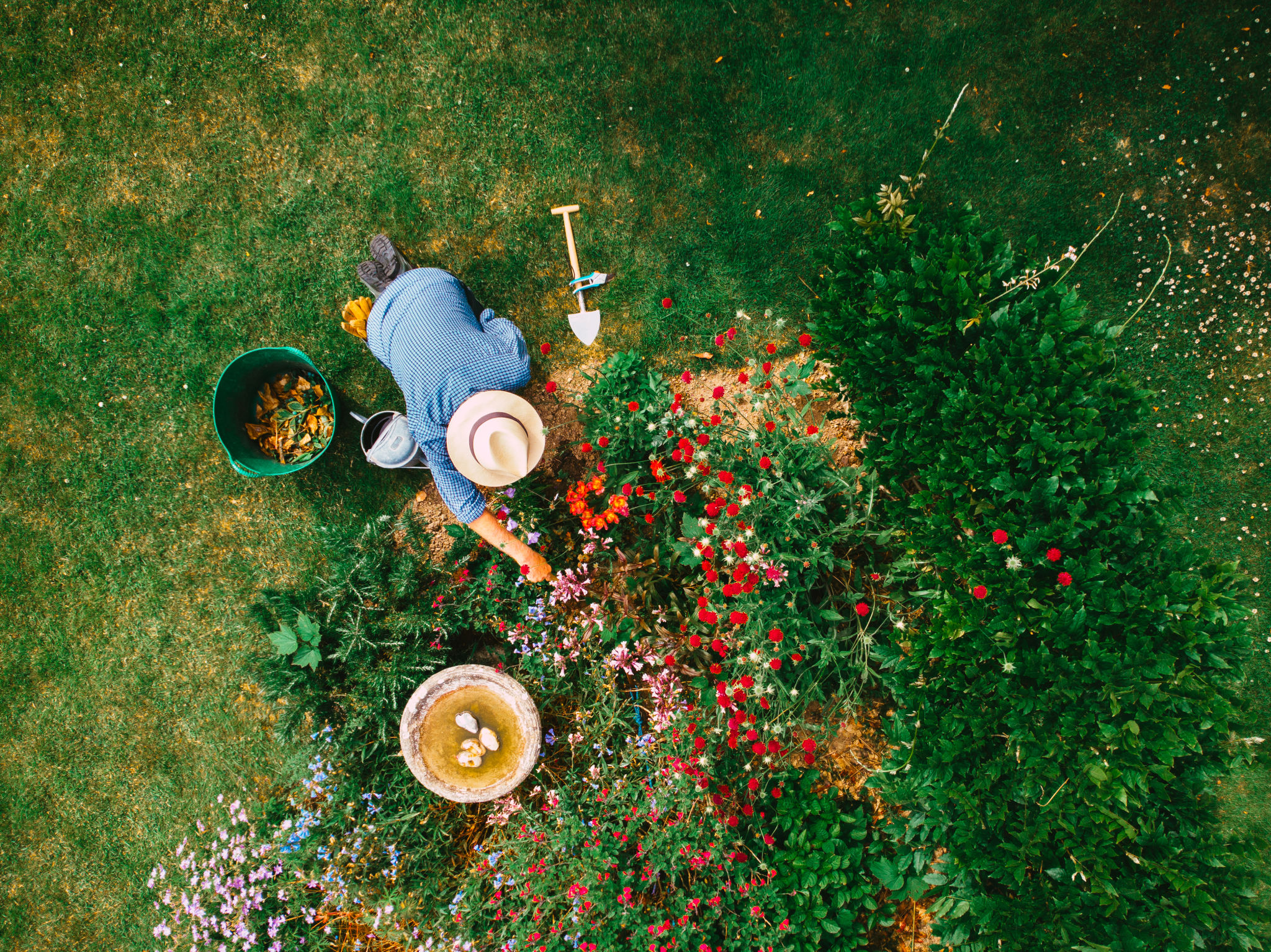Growing Popularity of Eco-Lawns in Colorado: A Sustainable Landscaping Trend
The Rise of Eco-Lawns in Colorado
In recent years, the concept of eco-lawns has gained significant traction in Colorado, reflecting a growing desire for sustainable living practices. As homeowners and businesses alike become more environmentally conscious, the traditional lush green lawns are being replaced by more sustainable alternatives. But what exactly is an eco-lawn, and why are they becoming so popular in the Centennial State?

Understanding Eco-Lawns
Eco-lawns are a blend of grasses and ground covers designed to require less water, fertilizer, and maintenance compared to conventional lawns. These lawns are not only aesthetically pleasing but also contribute positively to the environment by reducing water consumption and supporting local biodiversity. By incorporating native plants and drought-resistant species, eco-lawns offer a resilient alternative to the water-intensive traditional grass lawns.
Benefits of Eco-Lawns
Choosing an eco-lawn comes with a host of benefits that appeal to both environmentalists and pragmatists. Some of the key advantages include:
- Water Conservation: Eco-lawns typically require up to 50% less water than traditional lawns, making them an excellent choice for water-scarce regions like Colorado.
- Reduced Chemical Use: With less need for fertilizers and pesticides, eco-lawns contribute to healthier soil and local ecosystems.
- Lower Maintenance: These lawns grow at a slower rate, reducing the frequency of mowing and trimming.

Challenges and Considerations
While eco-lawns offer numerous advantages, transitioning from a traditional lawn can present challenges. Homeowners need to consider factors such as initial installation costs and the time required for native plants to establish themselves. However, the long-term savings on water bills and maintenance often outweigh these initial hurdles.
Eco-Lawns and Biodiversity
Eco-lawns play a crucial role in promoting biodiversity. By integrating diverse plant species, they provide habitats for pollinators like bees and butterflies, which are essential for ecosystem health. This not only enhances the beauty of the landscape but also supports the local environment in a tangible way.

Community Involvement and Awareness
The adoption of eco-lawns is not just an individual effort; it often involves community support and awareness initiatives. Local governments and environmental organizations in Colorado have been instrumental in educating the public about sustainable landscaping practices. Workshops, demonstration gardens, and incentive programs are some ways these entities promote eco-lawn adoption.
The Future of Landscaping in Colorado
As the effects of climate change become more pronounced, sustainable practices like eco-lawns will likely become the norm. The shift towards these alternatives reflects a broader trend in landscaping that prioritizes environmental stewardship. With continued innovation and community engagement, Colorado is poised to lead by example in sustainable landscaping.
In conclusion, the growing popularity of eco-lawns in Colorado highlights a significant shift towards sustainability in landscaping. By embracing this trend, homeowners can enjoy beautiful, low-maintenance gardens that benefit both their wallets and the planet.